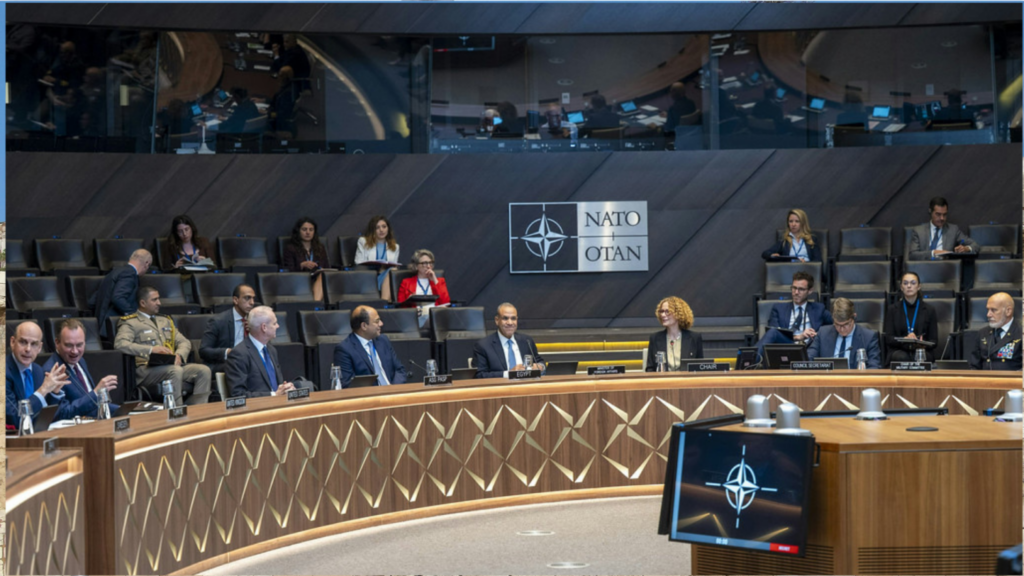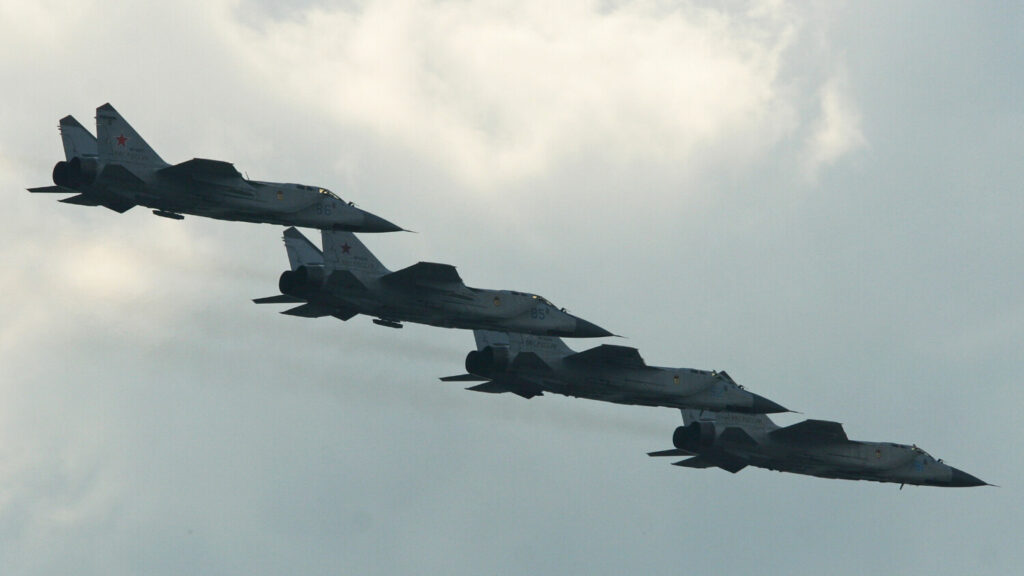Nationalism in Xi’s China
The prevailing consensus when discussing Chinese nationalism is that it is ‘rising’. The term ‘rising’ to describe the trajectory of Chinese nationalism has been advanced by many scholars, including Carlson (2009), Zhao (2004), Gries (2004). This designation was mainly in response to visible visceral outbursts of Anti-American or Anti-Japanese nationalistic sentiment exploding in response to an exogenous event. Contemporary examples of such an event are the riots that erupted in 2012 in response to the Japanese Governments purchase of the Senkaku/Diaoyu islands from a private landholder. This ‘rising’ discourse is also a view held by most Western commentators, as well as analysts inside China, who claim that rising nationalism is a youth phenomenon; attributable to the fenqing (angry youth) generation.
However, there are an increasing number of scholars who are doubting this ‘rising’ nationalism truism, questioning the evidence on which this assumption is based. Li Liqing’s (2015) sociological analysis of empirical data regarding the alleged nationalism of young people in China had some fascinating findings. This segment of the population has been found to be less engaged with the notions of Nations and Nationalism, with one significant caveat: when there is a perceived external violation of China’s sovereignty, and dignity, the youth, particularly urban university students, become fervent nationalists (LI:2015). This alternative narrative is also argued by Johnston (2017), who bases his conclusions on the Beijing Area Study (BAS). The BAS is a relatively regularly administered random sample survey of opinions in the Beijing municipality, which meets the requirements for testing the rising nationalism claim.
This chart, and many others based on data from BAS, contradict the trope of rising nationalism in China. The Patriotic Education Campaign (PEC), has appeared to be less effective at inoculating nationalist views as the leadership of the CCP would have hope. The PEC was a nationalistic education campaign launched in the post-Tiananmen era to stop the spiritual pollution of the Chinese youths. Its stated aims were: to boost the nation’s spirit, enhance cohesion, and foster national self-esteem and pride. Whilst you see an ascendency of positive feeling towards the country amongst both groups in 2009, this can be linked to the 2008 Olympics and China’s avoidance of the 2008 global financial crisis plaguing the developed world. The decline shown in nationalistic views of China, especially among the younger generation, who had a patriotic education demonstrates that the state is not the sole dictator of nationalist sentiments.
In authoritarian societies, there is a tendency to incorrectly overattribute agency to the government in controlling the nationalist narrative. Chinese nationalism is not simply elitist party propaganda because Chinese citizens now play a central role in the conception and development of nationalism. In Xinjiang, we observe the extremities of Han Nationalism and its potential once it exceeds its elitist mandate. Tobin’s (2020) writings on Han and Uyghur insecurities, serve to shed light on how the 2009 Han protests in Xinjiang mobilized the ethnocentric articulations of official nationalism to protest the state. His utilization and development of the common conceptual mould of top-down nationalism, variegated with the attribution of agency to citizens to re-interpret and re-direct elitist nationalist sentiments, is a comprehensive argument. Many of these protestors resisted official narratives that they were like the rest of China, appropriating the ethnonationalist protest to channel their disapproval of political marginalization towards the state.
The Xinjiang case demonstrates the danger of nationalism to the CCP when nationalist rhetoric evolves into something that they cannot shape and control. This is an acknowledged risk of promoting nationalism, with Shen (2007) theorizing that nationalistic rhetoric is a coded and ideologically safe way of directing dissent at the Chinese state. Through survey analysis of citizens, netizens and elites, Weiss (2019) observed that the CCPs’ efforts to stage-manage Chinese nationalists demonstrations (so they don’t end up critiquing the state) undermine the apparent sincerity of these demonstrations. Leading to a commonly held suspicion by foreign observers that nationalist protests are manged by the CCP. This misconception over attributes agency to the state in controlling nationalistic fervour, demonstrating that what is perceived as a threat to regional stability can actually be a sign of domestic uncertainty.
To conclude, nationalism in China is not as popularly pervasive as the media would have us believe. Whilst nationalism is still a crucial tool for the CCP in achieving domestic stability, its popularity among young people is declining. It will most likely continue to decline as China becomes more educated and urbanized. The ethnocentric nature of Chinese nationalism also causes the state issues in its more ethnically diverse border regions. Also important to note is that the presence of elements of the state security apparatus at nationalist protests does not always mean they are pulling the strings.
References
Carlson, A., 2009. A flawed perspective: The limitations inherent within the study of Chinese nationalism. Nations and nationalism, 15(1), pp.20–35
Gries, P.H., 2004. China’s New Nationalism1st ed., Berkeley: University of California Press.
Johnston, A.I., 2017. Is Chinese Nationalism Rising? Evidence from Beijing. International security, 41(3), pp.7–43
Li, L., 2015. China’s Rising Nationalism and Its Forefront. China Report, 51(4), pp.311–326.
Shen, S., 2007. Redefining Nationalism in Modern China, London: Palgrave Macmillan UK.
Tobin, D., 2020. A “Struggle of Life or Death”: Han and Uyghur Insecurities on China’s North-West Frontier. The China quarterly (London), 242, pp.301–323.
Weiss, J.C., 2019. How Hawkish Is the Chinese Public? Another Look at “Rising Nationalism” and Chinese Foreign Policy. The Journal of contemporary China, 28(119), pp.679–695.
Zhao, S., 2004. A nation-state by construction : dynamics of modern Chinese nationalism, Stanford, Calif.: Stanford University Press



